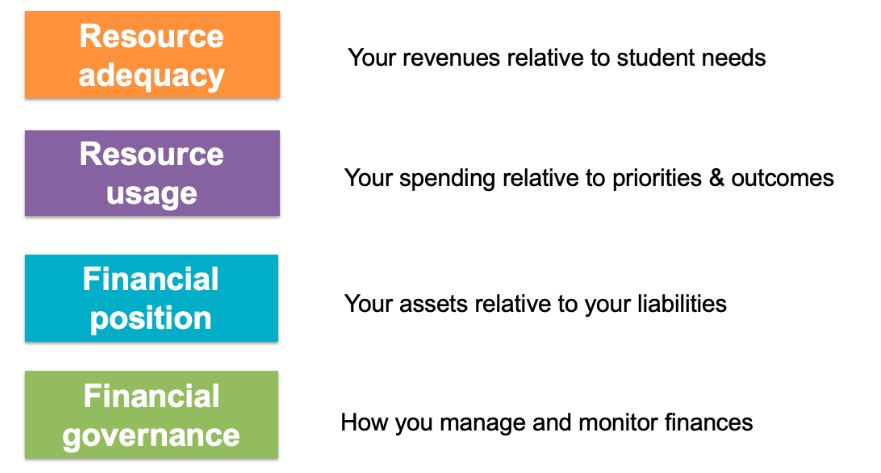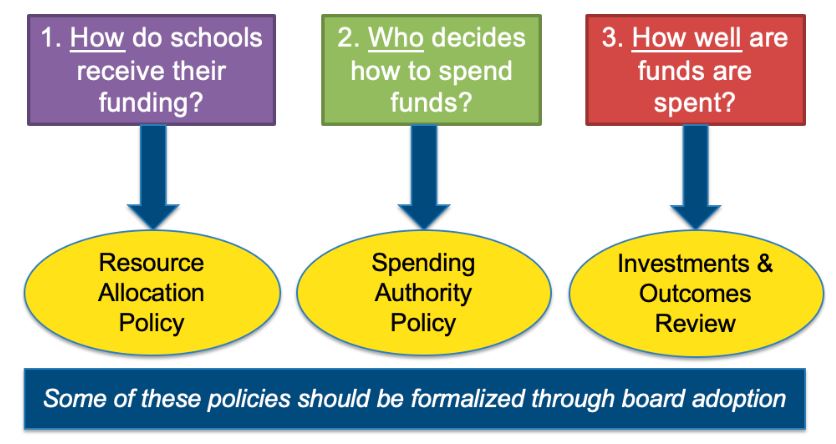In September 2019, Afton’s Carrie Stewart and Katie Reed had the opportunity to discuss resource allocation as a lever for equity and driving student outcomes with fellows in the Broad Academy and their finance leads through The Broad Center. This group of highly motivated, accomplished education sector professionals are driving excellence and equity on a daily basis in public school districts, charter management organizations, state education agencies, and other education organizations across the country. We were honored to be invited to share our thoughts and experiences with the fellows in a highly interactive half-day workshop.
Afton’s discussion had three objectives.
- Provide fellows, who are primarily non-finance education professionals, with a framework to understand and assess their school system’s financial state.
- Equip fellows to utilize financial levers to impact equity and student outcomes, through financial policy and resource allocation.
- Evolve fellows’ thinking on communicating effectively in their community about resource allocation.
Key points from our discussion are included below.
Assessing your school system’s financial state
Our approach to assessing a school system’s financial state stems from years of experience working with districts and charter networks across the country — both those in financial distress and those that are financially healthy and trying to stay that way. We have boiled this down to four key categories to evaluate, shown here:

Our discussion with fellows included in-depth conversations about the level of control a system has over each of these, and how a school system’s financial state impacts their school system’s ability to meet its goals.
Financial levers to impact equity and outcomes
Next, we drilled into the financial levers that fellows have direct control over. We noted that financial levers that impact student achievement and equity can be thought of as a series of decisions, depicted below:

We shared school-level spending data and discussed its ability to provide feedback back into the system on how well these financial levers are promoting equity and outcomes. For more on this, please see our previous blog on ESSA Financial Transparency.
Communicating effectively about resource allocation
Finally, we had a lively discussion on how to approach communications about finance and resource allocation decisions in our local communities. We agreed that communicating with stakeholders on resource allocation should be a proactive – not reactive – process, while also recognizing that this is challenging to do well. We shared emerging research on this topic to shape our thinking on how to approach financial communications.
We are very thankful to The Broad Center for recognizing Afton’s leadership in the space of Education Finance and inviting us to lead this workshop. We learned a lot from the fellows and hope they gained some valuable points from our time together.